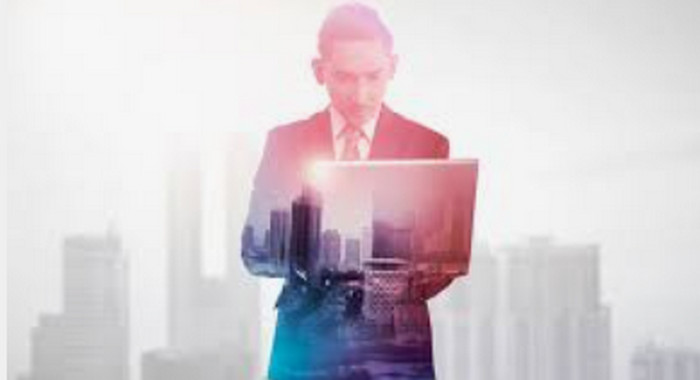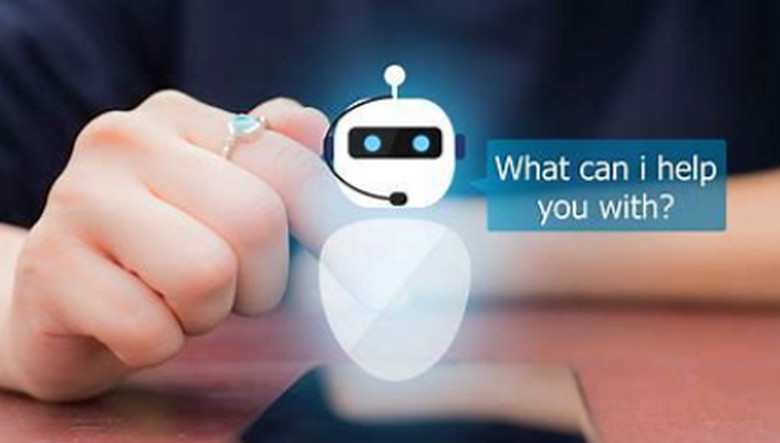Technology integration is having a big impact on mixed-use facilities, which are properties that incorporate commercial, residential, and occasionally industrial sectors. The desire for increased user experience, sustainability, and efficiency is what is driving this change. Here’s a thorough examination of how technology is influencing these advancements:
Intelligent Building Systems
Using smart building technologies is one of the most significant technological advances in mixed-use complexes. These systems optimize energy consumption and control lighting, HVAC (heating, ventilation, and air conditioning), and security systems through the use of sensors and automation. For example, sophisticated building automation systems can lower energy usage and operating costs by adjusting temperature and lighting according to occupancy1.
Internet of Things connectivity
The modern mixed-use developments are significantly influenced by the Internet of Things (IoT). IoT devices enable smooth communication and control between different systems in a building by connecting them. Smart home features allow homeowners to use their cellphones to manage appliances, lighting, and security. Commercial areas are also connected, enabling organizations to monitor and operate more effectively1.
Ecological Methods
A major consideration in the construction of mixed-use complexes is sustainability. The application of environmentally friendly techniques including solar energy systems, rainwater collection, and green roofing is made possible by technology. Tenants who care about the environment are drawn to these amenities, which also lessen their negative effects on the environment. For instance, these developments’ urban farming programs encourage the production of food locally and lower carbon footprints2.
Increased Safety
In mixed-use buildings, security is a top priority, and technological advancements have greatly improved security protocols. Smart locks, biometric access controls, and sophisticated surveillance systems guarantee the security of both residential and business spaces. Residents and business owners can both feel more at ease knowing that these systems can be remotely monitored and controlled1.
Enhanced User Experience
In mixed-use properties, technology integration improves the user experience overall. For example, tenants can pay their rent, reserve services, and get updates about the community through mobile apps. Interactive kiosks and digital signage increase consumer interaction and offer real-time information in business settings. Living and working environments are made more convenient and connected by these technologies3.
Adjustable Work Areas
Mixed-use property design has been impacted by the increase in remote work. In order to meet the needs of remote workers, developers are introducing co-working spaces and flexible workspaces. High-speed internet, video conferencing capabilities, and other necessary amenities are provided in these places. This tendency encourages a feeling of camaraderie among locals in addition to supporting the expanding remote workforce2.
Establishing Place and Fostering Community
In placemaking, which focuses on developing areas that encourage social interaction and community engagement, technology also plays a part. Event areas, outdoor markets, and public plazas are common features in mixed-use complexes. These spaces are made better by technology, which offers free Wi-Fi, interactive art, and electronic wayfinding. These characteristics inspire people to congregate, engage, and take part in neighborhood events2.
Data-Informed Decision Making
The administration of mixed-use properties is changing as a result of the application of data analytics. Data on energy consumption, occupancy rates, and tenant preferences can be gathered and examined by property managers. Making educated judgments concerning repairs, improvements, and tenant services is made easier with the use of this information. Additionally, data-driven insights help developers create homes that more effectively cater to the demands of their target market4.
Upcoming Patterns
Going forward, mixed-use properties may undergo even more revolutionary changes due to the incorporation of cutting-edge technology like blockchain and artificial intelligence (AI). AI can optimize energy management, strengthen predictive maintenance, and strengthen security systems. Blockchain technology has the potential to simplify real estate transactions and improve their security and transparency4.
In summary
Mixed-use buildings are becoming more user-friendly, sustainable, and efficient thanks to technology integration. Urban living, working, and social interactions are changing as a result of technological improvements ranging from smart building systems and IoT connectivity to sustainable practices and improved security. Mixed-use developments will probably become even more creative as technology advances, providing more advantages to local businesses, residents, and communities.



